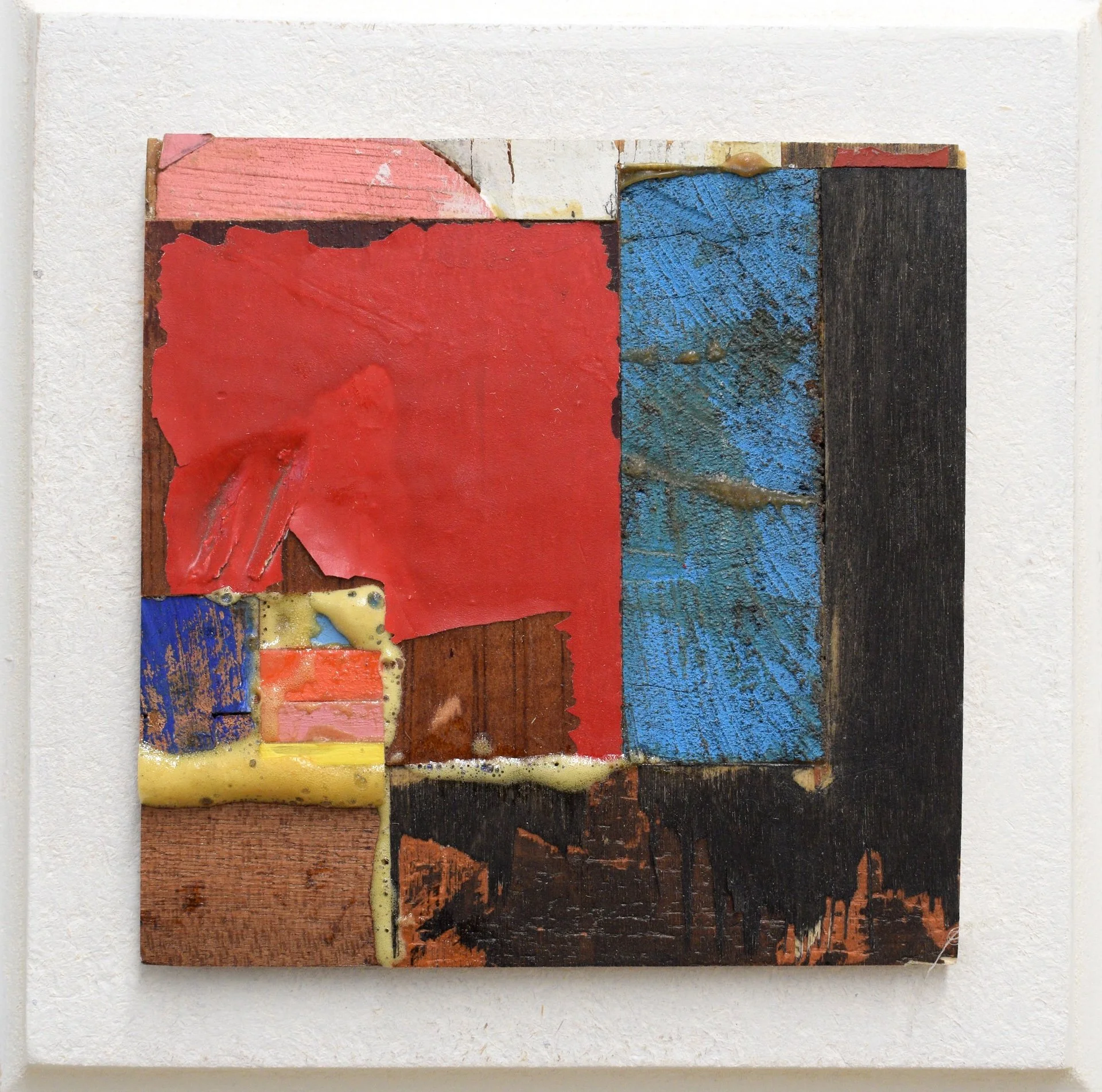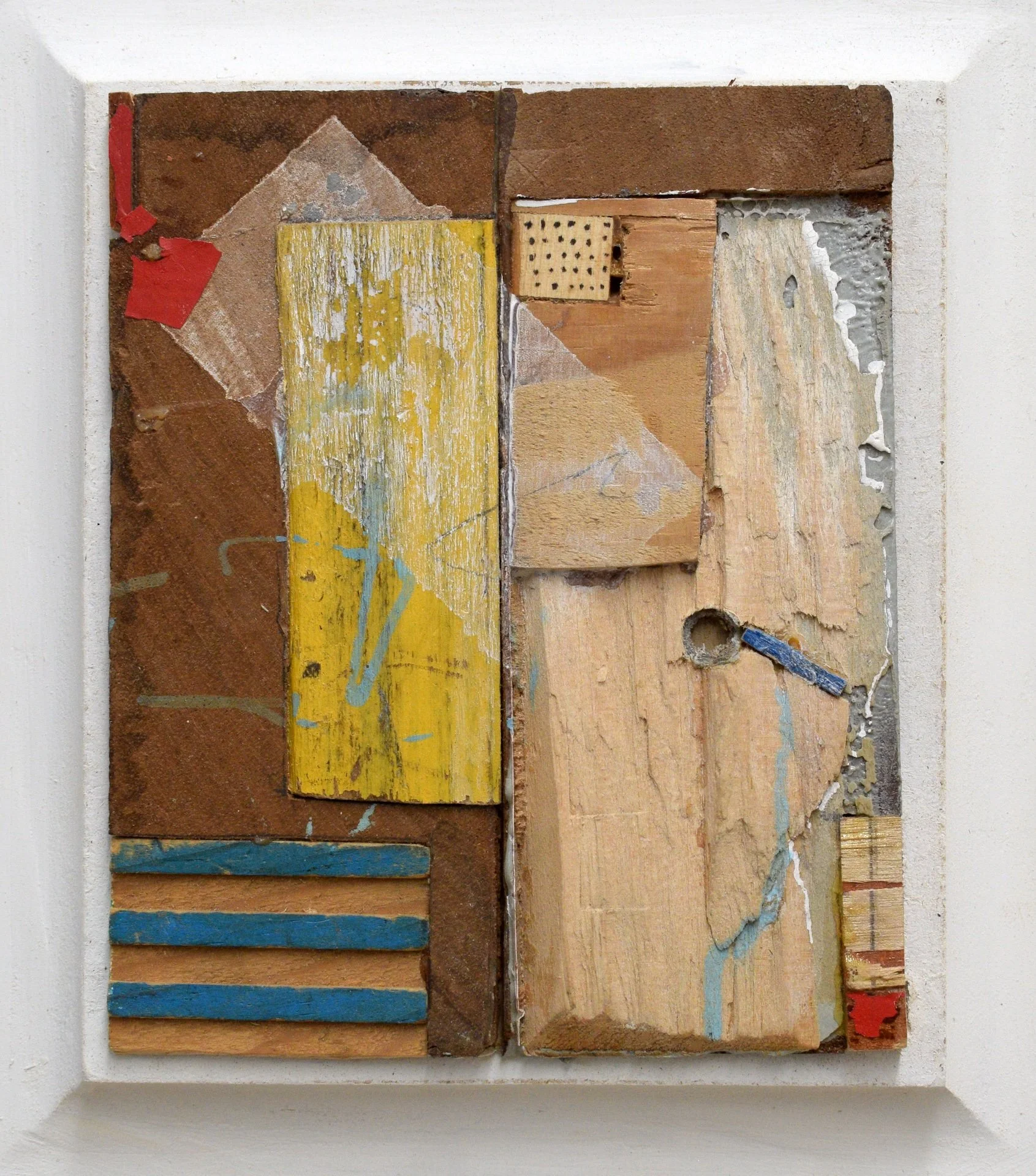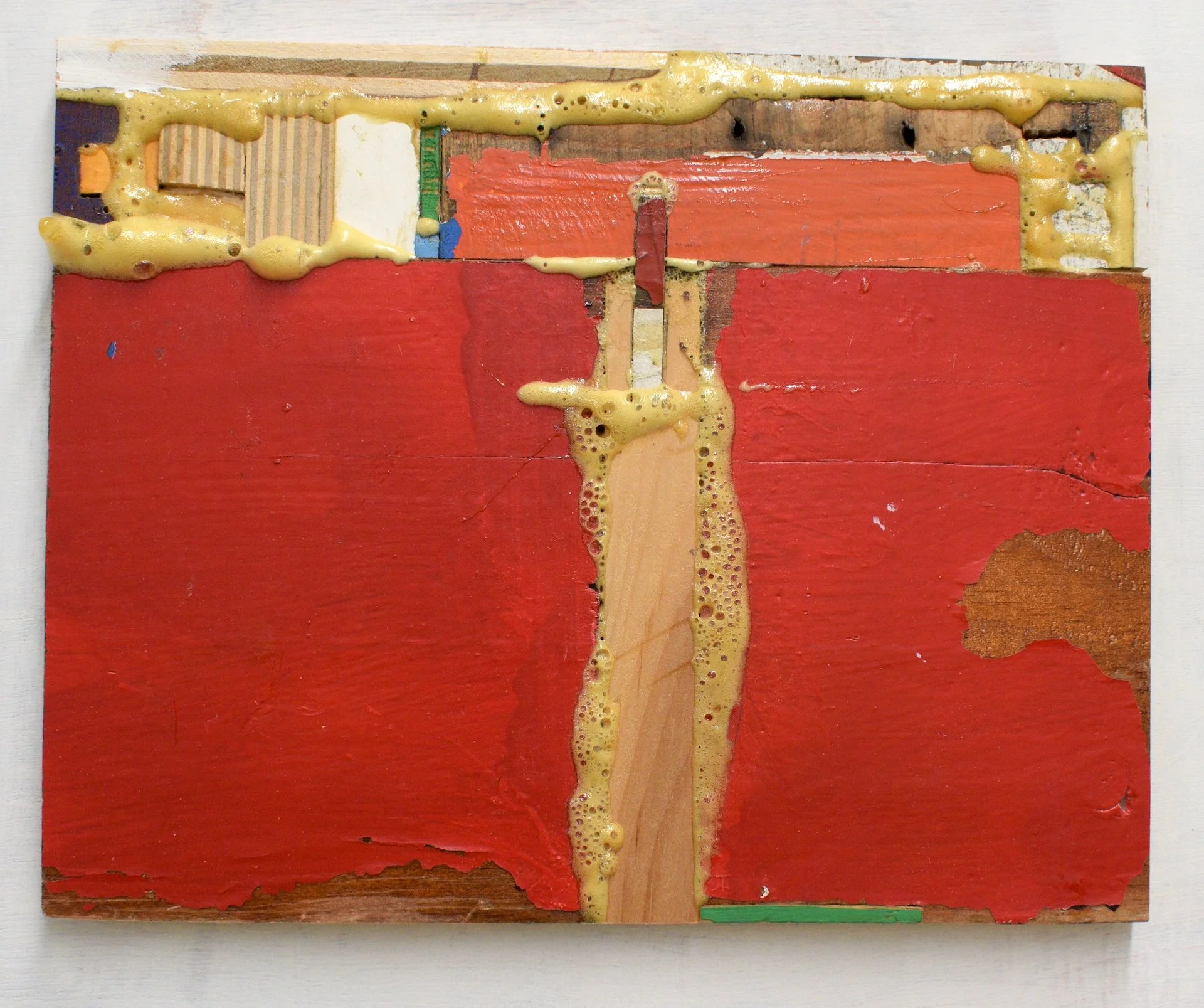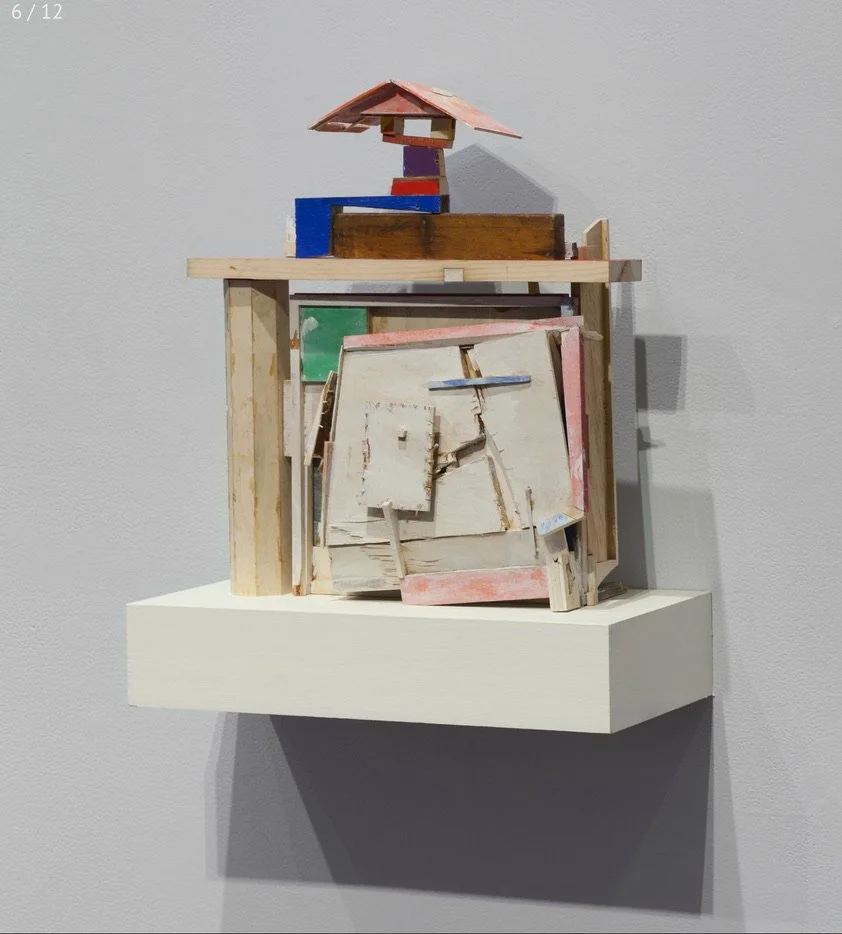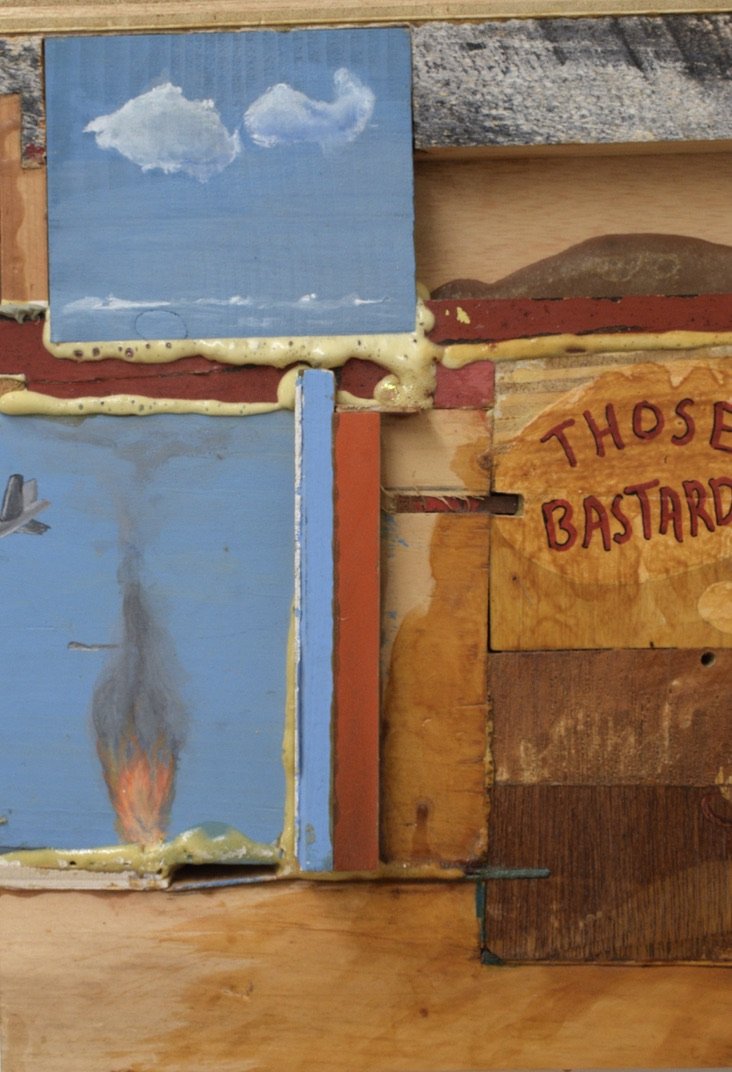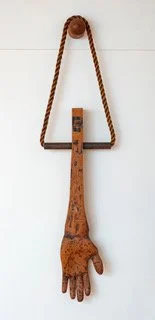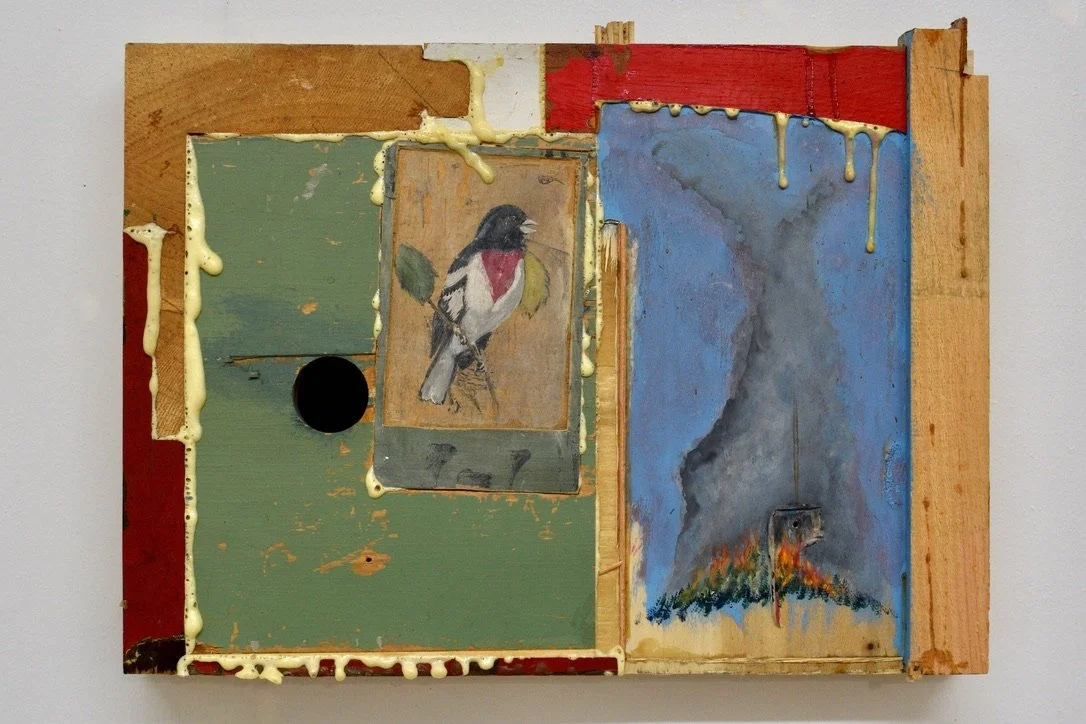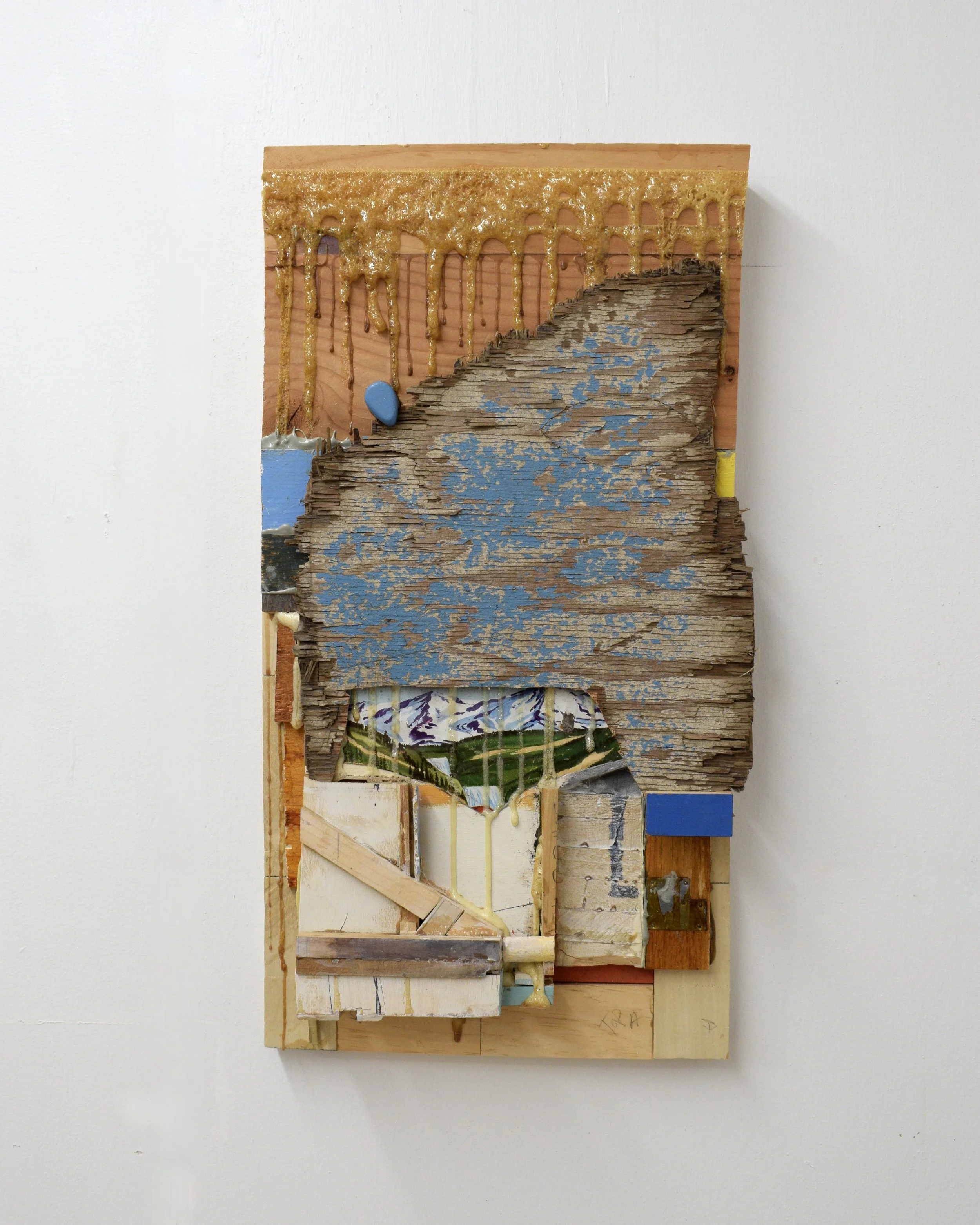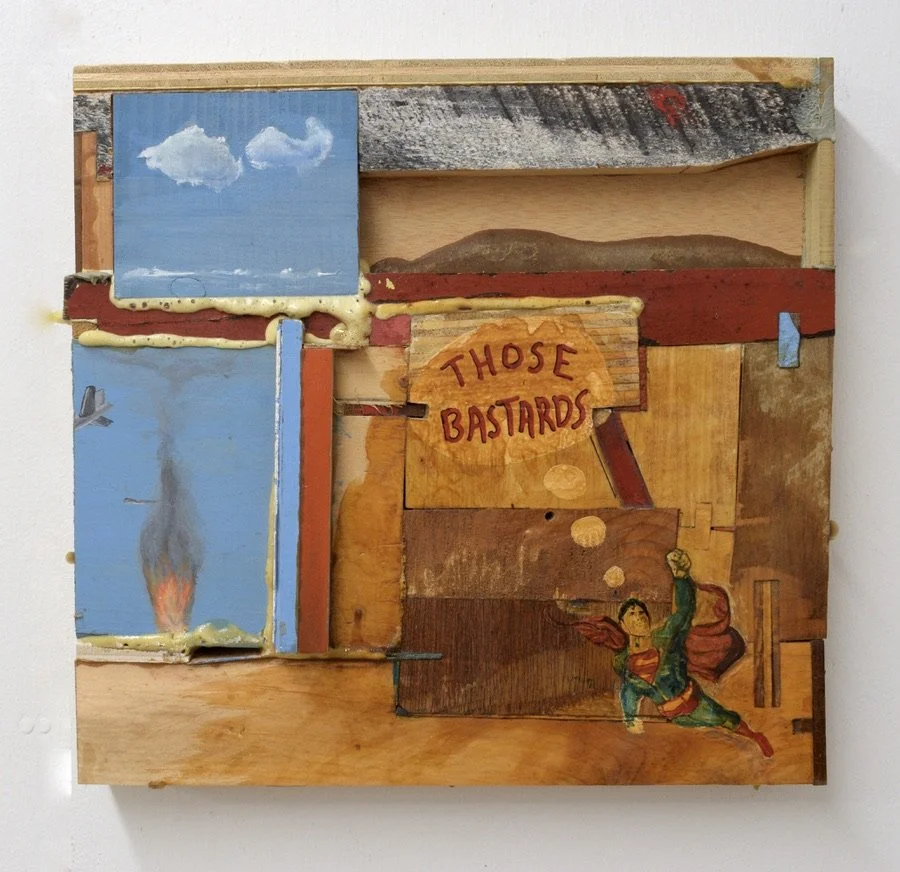John Christian Anderson
Earthquakes, smog, fires, and frequent “Duck and Cover” bomb drills during grammar school (in case of a nuclear attack) were a common part of life growing up in Los Angeles during the 1950’s. Taking all of these events into consideration may provide a clue as to why Anderson leans towards making art that embraces impermanence, imperfection, and incompleteness as a way to express his existential experience in a world that is increasingly becoming more ephemeral and out of balance. Addressing these themes has led Anderson to investigate both Western and non-Western forms of art such as Indian and Buddhist sand painting, Fluxus objects, Minimalism, Funk Art, Bricolage and Assemblage. Each genre offered new perspectives as he explored materials, techniques and forms that would, in the words of Samuel Becket, “accommodate the mess”.
Anderson's aesthetic roots also grow out of LA car culture, West Coast Funk Art, and local outsider art like Simon Rhodia’s Watts Towers. He continues to use found objects and street detritus as a primary source for raw material. This doesn’t mean he is against using new material. On the contrary, he likes combining the new and old in ways that appear ambiguous, creating a perceptual tension. Along with traditional building techniques, Anderson’s works employ smashing objects and using the shards as departure points for new works. His sculptures and installations go through numerous iterations until he feels there is nothing left to say.
About
John Christian Anderson grew up in a working class neighborhood of Los Angeles, California. At an early age he visited Simon Rhodias's Watts Towers, which was not far from his home. It was an astonishing site and made a lasting impression. Over time these towers represented symbols of pure artistic vision, independence, and the down-to-earth attitude of using whatever materials are available. Later as a young student he traveled and sought out other artists and craftsmen working outside the mainstream. Shortly after graduating from the San Francisco Art Institute he was hired by the Exploratorium in San Francisco, which was started and led by Frank Oppenheimer. At the Exploratorium Anderson collaborated with artists and scientists designing and creating exhibits that were uniquely interactive. This experience had a lasting effect on his art work as well as his approach to teaching.
Anderson has exhibited in museums and galleries throughout the United States which include the Robert Freidus Gallery in New York, the Rose Art Museum at Brandeis University, the ICA Boston, The DeCordova Museum, The Delaware Center for Contemporary Art, The Jonathan Ferrara Gallery in New Orleans, and the Boston Sculptors Gallery. In the Fall of 2020, he was part of a group of artists commissioned by the Fuller Craft Museum to create sculptural installations in response to the opioid epidemic that has ravaged communities throughout the Northeast. The exhibition was entitled Human Impact: Stories From The Opioid Epidemic. He has received three individual Artist Resource Trust Grants and a Traveling Scholarship from Tufts University to study counterfeit objects in Paris. His work is included in both public and private collections. This spring (2026) the Los Angeles–based PBS program Craft in America, has organized a nationwide celebration of 250 years of craft, in partnership with the Smithsonian Institution. Anderson’s wall sculpture “Hands” has been selected as part of The Duxbury Museums participation in this event, which marks the 250th anniversary of the Declaration of Independence.
Assemblage & Sculpture









